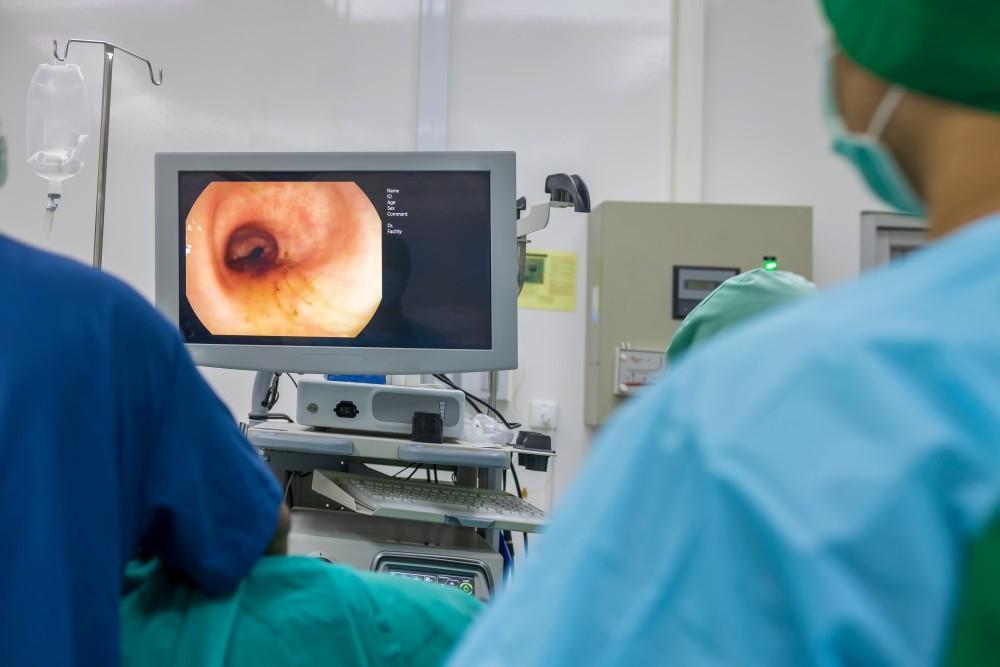
Understanding the Two Main Surgeries for Diverticulitis

When your colon (i.e., large intestine) develops small pouches that push through its walls, you have a condition called diverticulosis. Diverticulosis is so common that almost a third of women and men in the United States between the ages of 50 and 59 have at least one diverticula. By age 80, more than 70% do.
You can have diverticulosis for years or even decades without experiencing any symptoms. But when the little sacs get infected, you progress to a condition called diverticulitis, which can be extremely painful.
Fewer than 5% of those with diverticulosis go on to develop diverticulitis. Nevertheless, about 200,000 of diverticulitis sufferers are hospitalized each year, and about 71,000 are hospitalized for diverticular bleeding.
Our colorectal experts and surgeons at Colon and Rectal Surgeons of Greater Hartford believe that it’s never too early to think about colon health. Eating a whole foods diet and staying active may prevent diverticulosis and its complications, such as diverticulitis.
When diverticulitis causes complications — such as bleeding, obstructions, or perforations — you may need surgery to restore your colon to health and pain-free function. Following are the two options that your colorectal surgeon may recommend.
Primary bowel resection
A bowel resection, also called an anastomosis, is the simplest operation to address the pain and dysfunction of diverticulitis. If your disease is limited to a small area, your surgeon removes the damaged portion of your colon, and then rejoins the healthy sections.
An advantage to anastomosis is that, once you’ve recovered, you can move your bowels normally and without pain. You don’t need a colostomy bag or any other medical device to assist you.
However, even when performed with minimally invasive approaches, such as laparoscopic or robotic surgery, anastomosis is still major surgery. You must have the operation in the hospital under general anesthesia.
You need to arrange for someone to drive you home after your procedure. You also should avoid most activities for the first several days. We give you complete aftercare instructions so you can prepare ahead of time for your recovery.
Bowel resection with colostomy
When your colon is inflamed from diverticulitis, we may not be able to perform a simple anastomosis and rejoin the healthy sections. Instead, we may need to remove the entire diseased portion of your colon and create a hole called a stoma in your abdomen.
We then insert a tube in the stoma that attaches the remaining portion of your colon to an exterior collection bag. Waste passes from the colon into the bag, which is called a colostomy bag. In some instances, the inflammation in your colon resolves enough so we can then detach the colostomy bag and reattach the now-healthy portions of your colon.
A bowel resection with colostomy is a more involved procedure than a primary bowel resection. You probably need to stay in the hospital for at least a few days and perhaps as long as a week.
During your hospital stay, you receive a liquid diet until your bowels are able to process small amounts of solid foods. A nurse also shows you how to change your colostomy bag and how to care for the stoma so it doesn’t become infected.
After you’re discharged from the hospital, you may feel weak for several days. Be sure you’ve arranged for time off from work that accommodates your entire recovery schedule and that you’ve also arranged for household help.
It takes time to feel normal again
Both types of bowel resection take time to recover from and also to adjust to. You may need to take off up to 4 weeks from work, or more if you do heavy lifting as part of your job.
You have to take care to keep your incisions and, if you have a colostomy, the stoma free from infection. You start with a liquid diet, then progress to many low-fiber meals throughout the day. You also come for follow-up appointments so we can check your healing and modify your recovery routine, if necessary.
Once you’ve healed and your bowel has adjusted to its new reality, you should be able to move your bowels without pain or discomfort. It’s important to eat a healthy diet, including yogurt that contains beneficial bacteria to repopulate your gut.
Are you suffering from the symptoms or complications of diverticulitis? Find out if you’d benefit from surgery or other interventions by scheduling an appointment online today, or calling us at the office nearest you (Bloomfield, South Windsor, or Plainville, Connecticut).
You Might Also Enjoy...


How a Colonoscopy Can Save Your Life

4 Signs You May Have Pilonidal Disease

Start the New Year Fresh with a Colonoscopy

5 Tips for Managing Your Crohn's Disease During the Holidays


